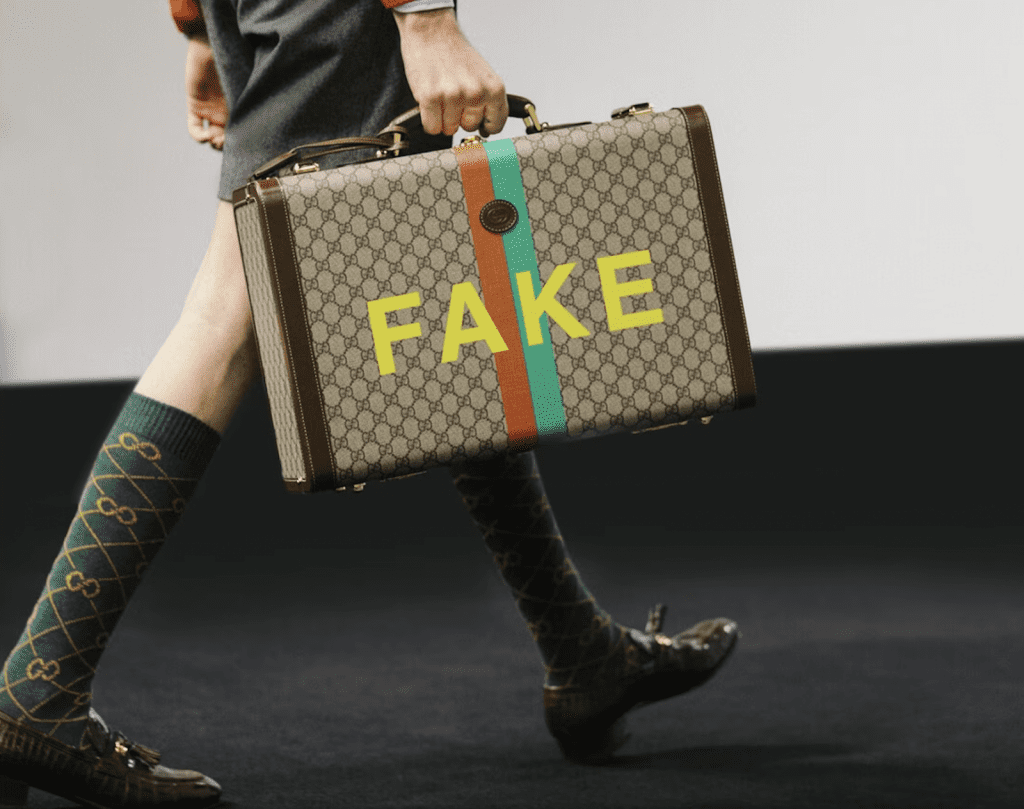Hong Kong has slowly but surely reopened to the world after a prolonged period of isolation due to strict COVID-centric restrictions. As of the second week in January, most restrictions had been eased and green shoots were starting to appear in Hong Kong’s economy. Despite the pandemic, Hong Kong remains a global powerhouse and strategic area in trade and commerce, including in the luxury sphere. Based on the research of the Hong Kong Trade and Development Council published in November 2022, Hong Kong remained the world’s sixth largest exporter of merchandise trade in 2021, the same as that in 2020. At the same time, the Hong Kong International Airport was the world’s busiest airport for international air cargo and ranked ninth in the world in terms of container throughput in 2021.
Against this background, it is not surprising that the Hong Kong Customs & Excise Department (“HKC&E”) reported significant quantities of – and achievements in seizing – counterfeit goods (to be sold locally or to be transshipped to other locations) in its 2021 Annual Review. HKC&E reported that 715 infringing cases were detected, and 404 arrests were made that year, representing an annual increase of 21 percent and 36 percent, respectively. In addition, the number of infringing items seized had increased by 170 percent to 3.15 million items, while the seizure value reached around HK$166 million ($21.2 million). This represents an increase of 51 percent compared to 2020’s figure.
This upward trend appears to have continued throughout 2022, which HKC&E will most likely report in the upcoming Annual Review, as there have been significant seizures of counterfeit goods made by HKC&E, some of which include …
(1) In April, HKC&E seized some 21,000 counterfeit products destined for Belize in Central America in an inspection at the Kwai Chung Customhouse Cargo Examination Compound. The products seized included luxury handbags, hats, shoes, sunglasses, etc., with an estimated value of HK$2 million ($255,706);
(2) A couple of months after, in June, the HKC&E confiscated HK$11.6 million ($1.5 million) worth of fake brand-name products ranging from handbags, footwear, mobile phones, and fashion accessories and arrested five people in a three-week citywide operation. HKC&E believed that most of the seized counterfeits would be further exported to the United States, Europe, and the Middle East, while some would be sold locally;
(3) Counterfeit perfume and cosmetic products with an estimated market value of about HK$360,000 ($46,027) were seized in October; and
(4) Ahead of the FIFA World Cup in Qatar, HKC&E seized over 100,000 counterfeit football jerseys worth over HK$50 million ($6.4 million) in a two-week special operation.
In related reporting, U.S. Customs and Border Protection (“CBP”) offices recently released data that sheds light on the 2022 fiscal year, with the CBP Office in Louisville, Kentucky revealing that its “top individual seizures” of the year included: (1) 860 counterfeit designer bracelets, including ones branded as Dior, coming from Hong Kong to Florida; (2) 5,652 pieces of counterfeit jewelry heading from Hong Kong and to Virginia; and (3) 1,438 pieces of counterfeit jewelry shipped from Hong Kong to New York. “Had they been real, the total value of the three shipments would have been $10.13 million,” CBP stated in its release this month.
MOVING FORWARD: Looking at this rise in activity, brand owners will need to keep Hong Kong front of mind when it comes to their brand protection strategy in Asia, especially in light of its status as a key transshipment hub for the region. The HKC&E continues to engage in significant seizure operations as a result of counterfeit goods landing or transiting in the city. As such, it is important that brands ensure that they have adequately-focused protection strategies in place, including Customs Recordals with HKC&E. (Customs Recordals are a unique and valuable method for combating infringements.)
Despite the Hong Kong being cut off from the world during prolonged COVID restrictions, counterfeit goods landing in – or transiting through – the city have not slowed down. This is expected to continue throughout 2023 with the recent opening of Mainland China and the continued dismantling of COVID restrictions in Hong Kong.
Adelaide Yu is a Principal based in Rouse’s Hong Kong SAR office, specializing in the enforcement and protection of IP, including trademarks, copyright, patents, and registered designs
Robert Rigets is the Assistant IP Manager at Rouse.











